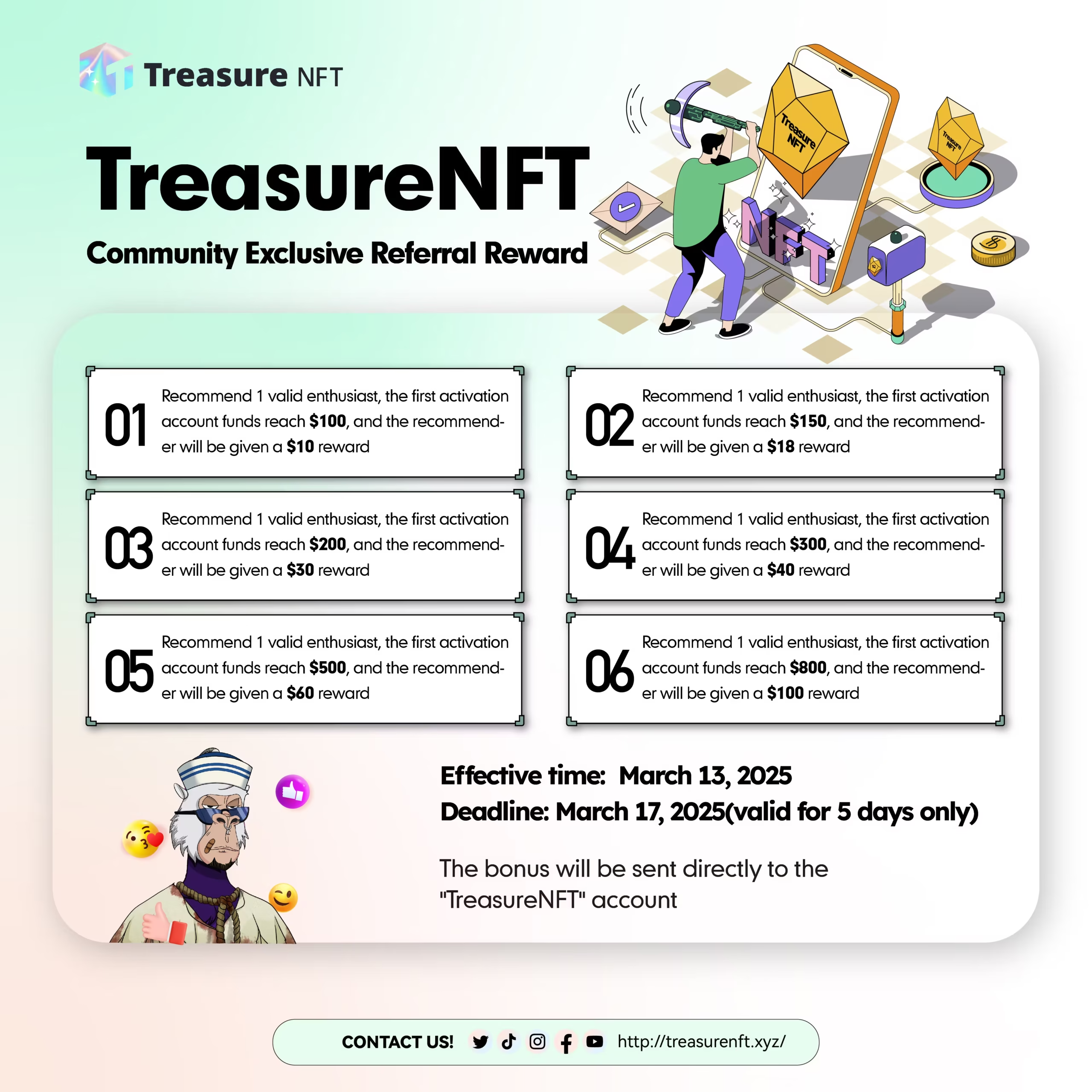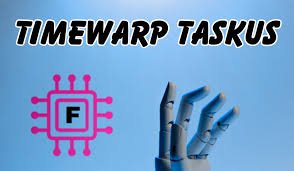Introduction to Time Warp Taskus
The concept of Time Warp Taskus has emerged as a revolutionary methodology designed to enhance productivity and efficiency in the modern workplace. Originating from the growing need for businesses to adapt to an increasingly fast-paced digital environment, this innovative approach aims to optimize workflows and streamline tasks, allowing companies to keep pace with evolving demands. Time Warp Taskus is not merely an organizational tool; it represents a broader shift in how work is perceived and executed, emphasizing agility and adaptability.
In recent years, organizations have found themselves inundated with distractions and an overwhelming amount of tasks. As a response, Time Warp Taskus provides a structured framework that encourages employees to focus on essential tasks while minimizing interruptions. This methodology promotes a culture of time management and prioritization, where each team member learns the significance of allocating their time effectively. By adopting Time Warp Taskus, businesses can empower their workforce to maximize output without compromising on the quality of work.
The significance of Time Warp Taskus extends beyond individual productivity; it impacts overall business performance. As teams become more adept at managing their time, they can respond quicker to market changes and customer needs, creating a competitive edge. Moreover, this methodology integrates seamlessly with existing tools and technologies, making it an accessible option for organizations seeking a transformative approach to task management.
Ultimately, Time Warp Taskus not only provides a practical solution for managing workloads but also fosters an environment of continuous improvement. Such adaptability is crucial for businesses aiming to thrive in today’s high-speed digital landscape. As more companies recognize the benefits of this approach, the relevance of Time Warp Taskus is likely to grow, signaling a new era in productivity methodologies.
Understanding the Mechanics of Time Warp Taskus
The Time Warp Taskus framework is an innovative approach to task management that diverges significantly from traditional methodologies. At its core, the Time Warp Taskus system emphasizes the effective allocation of time through structured techniques that foster productivity and focus. One of the key principles integral to this methodology is time blocking. By dividing the workday into distinct blocks of time, individuals can concentrate on specific tasks without the distractions that typically plague standard work environments. This pre-defined structure allows for enhanced focus and minimizes the tendency to multitask, which often leads to reduced efficiency.
Additionally, prioritization serves as a foundational element of the Time Warp Taskus strategy. Through careful assessment of tasks based on urgency and importance, individuals can allocate their time and energy toward those assignments that deliver the maximum return on investment. This triage-like process ensures that critical tasks are addressed promptly while less essential duties are scheduled for later, thus optimizing overall workflow. Unlike traditional task management systems that can lead to overwhelming to-do lists, Time Warp Taskus introduces a streamlined approach that encourages users to tackle the most pertinent tasks first.
Focus strategies such as the Pomodoro Technique—where work sessions are interspersed with short breaks—are another aspect of the Time Warp Taskus framework. Such techniques promote sustained concentration and reduce the cognitive fatigue that often accompanies lengthy periods of uninterrupted work. Integrating these strategies not only supports mental well-being but also enhances overall task completion rates. By merging time blocking, prioritization, and focus strategies, Time Warp Taskus redefines how individuals engage with their work, ultimately leading to increased efficiency and satisfaction.

Benefits of Implementing Time Warp Taskus
The integration of Time Warp Taskus into daily workflows presents a myriad of advantages that significantly enhance efficiency and productivity in the workplace. One of the primary benefits is the improvement in team collaboration. By utilizing the organized task tracking and prioritization features inherent in Time Warp Taskus, teams can streamline communication and better align their efforts toward shared goals. This cohesive approach fosters a collaborative environment where team members can access real-time updates on project progress, thereby reducing miscommunication and enhancing overall team synergy.
Moreover, the Time Warp Taskus framework is instrumental in combating employee burnout. With a clear delineation of tasks and time allocation, employees are less likely to feel overwhelmed by their workloads. By promoting a better work-life balance through structured time management, organizations that have adopted Time Warp Taskus report lower stress levels among staff members. This progressive culture of job satisfaction leads to increased employee retention and morale, which are critical components of a thriving organization.
Effective time management is another significant advantage offered by Time Warp Taskus. Employees gain the ability to prioritize their responsibilities efficiently, ensuring that high-impact tasks receive the attention they deserve. This strategic approach not only enhances individual productivity but also contributes to the organization’s long-term success. A case study of a firm that transitioned to Time Warp Taskus indicated a 30% increase in productivity within just three months, illustrating the method’s powerful impact.
Lastly, the quality of output improves with the adoption of Time Warp Taskus. By focusing on task efficiency and providing tools for tracking progress, teams can produce higher quality work within designated time frames. Enhanced output quality is a natural byproduct of improved focus and effective time management. Subsequently, organizations that leverage this system often report increased client satisfaction and a solid reputation in their respective industries. Overall, the benefits of implementing Time Warp Taskus are substantial and multifaceted, making it a compelling choice for modern businesses seeking to revolutionize their work processes.
Getting Started with Time Warp Taskus
Implementing Time Warp Taskus in your work environment can significantly enhance productivity and streamline operations. To begin, it is essential to understand the foundational principles of this approach, which focuses on optimizing time management and task completion through strategic scheduling and prioritization. The initial step is to conduct a thorough assessment of your current workflow. Identify areas where time is frequently wasted, and consider how the Time Warp methodology can be integrated to address these inefficiencies.
Next, establish clear objectives for your team or individual projects. These objectives should be specific, measurable, achievable, relevant, and time-bound (SMART). This clarity will help everyone involved understand their responsibilities within the Time Warp Taskus framework. Following this, break down larger tasks into manageable segments, ensuring that each segment has its defined time frame. This segmentation is crucial as it allows for focused bursts of productivity, a core principle of Time Warp Taskus.
To facilitate this transition, various tools and resources can be adopted. Consider utilizing project management software such as Trello or Asana, which can assist in organizing tasks according to the Time Warp strategy. Additionally, implementing time-tracking applications like Toggl or RescueTime can provide insights into how time is spent across different tasks, allowing for better adjustments and planning.
Lastly, anticipate potential challenges when adopting Time Warp Taskus. Resistance to change can occur, so it is vital to communicate the benefits of this approach effectively with your team. Collaborate with your colleagues to gather feedback during the transition, making them feel involved in the new process. By focusing on these actionable steps and utilizing appropriate tools, the implementation of Time Warp Taskus can become a transformative experience, enabling a more efficient and organized work environment.

